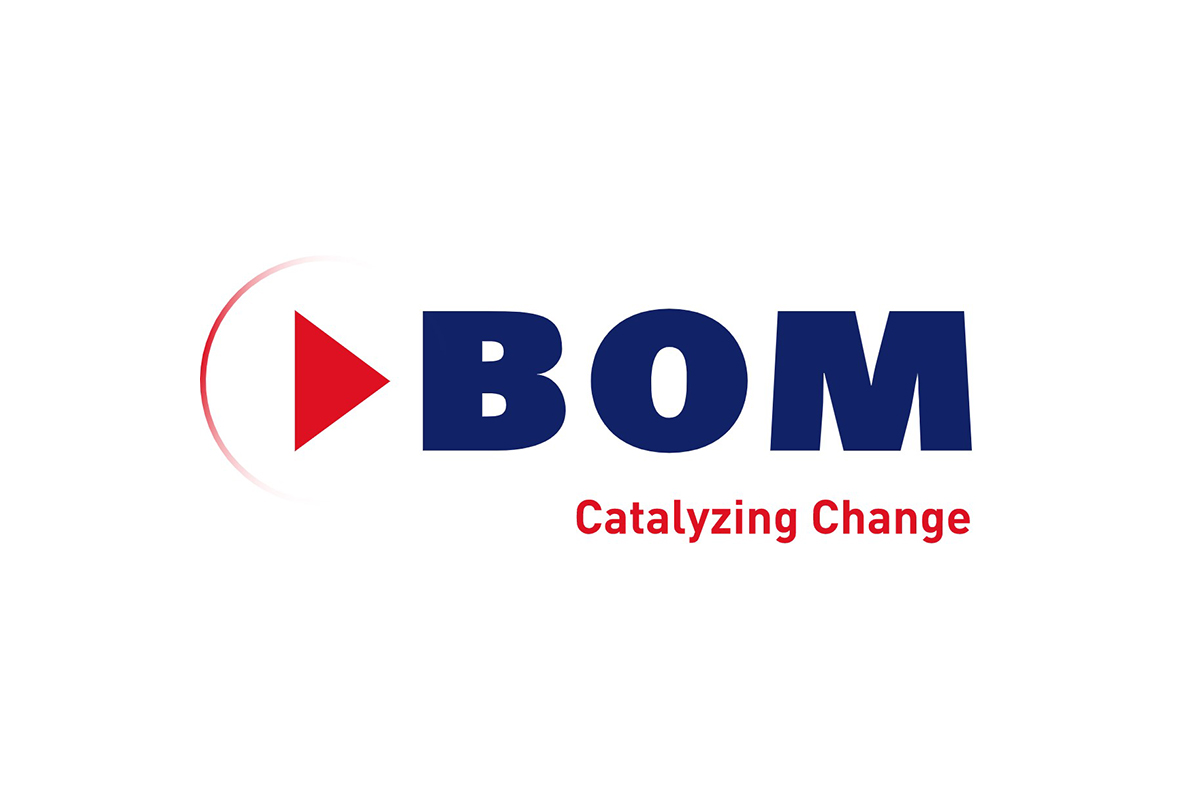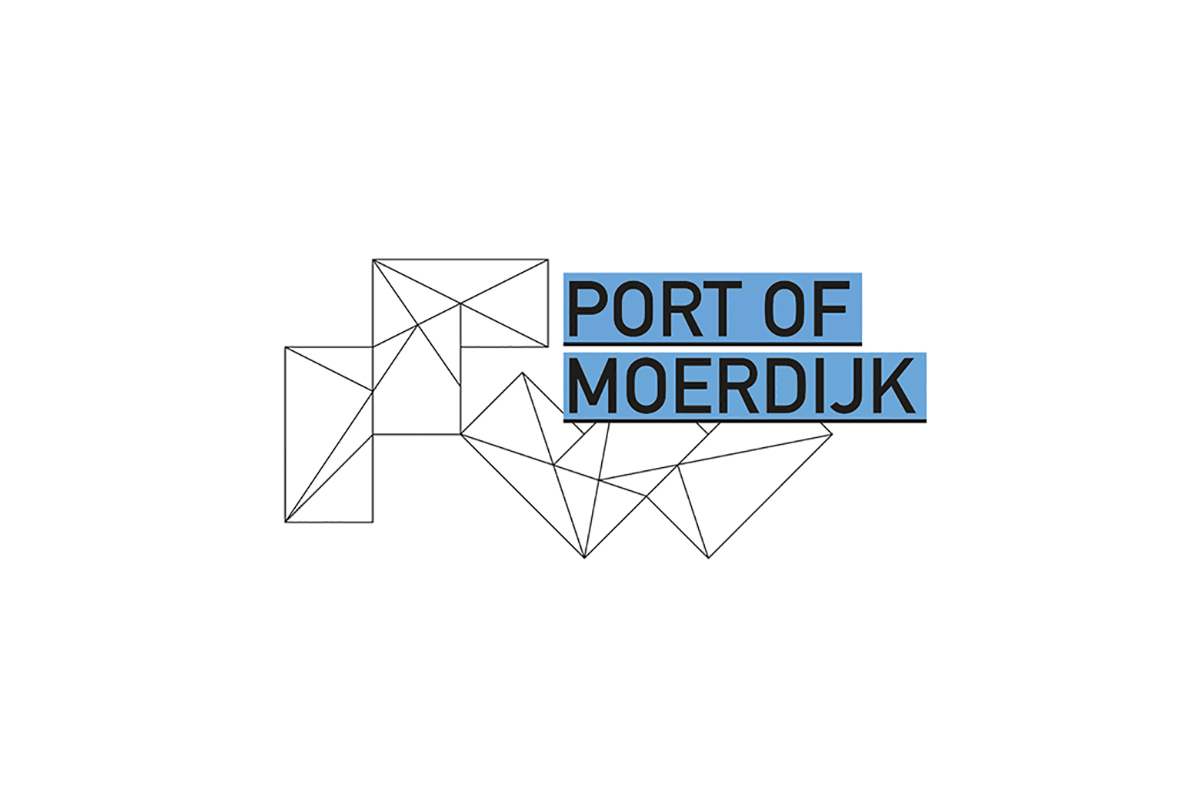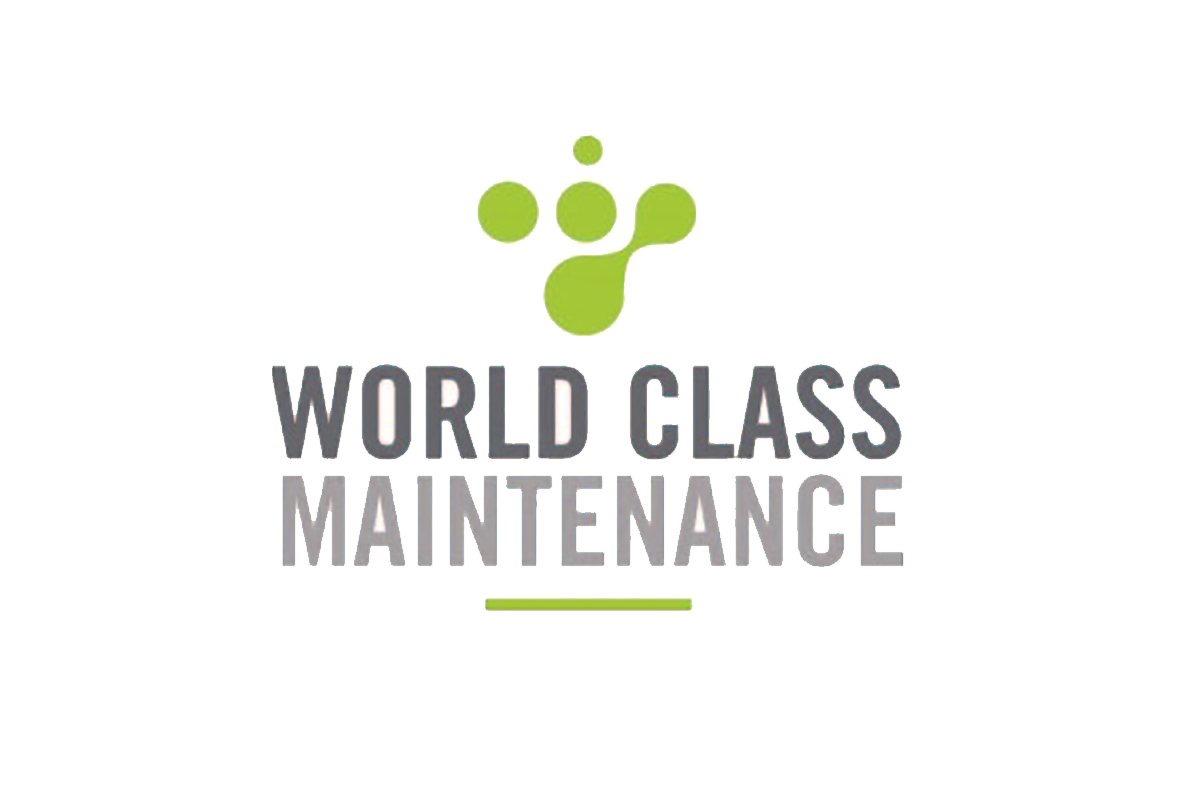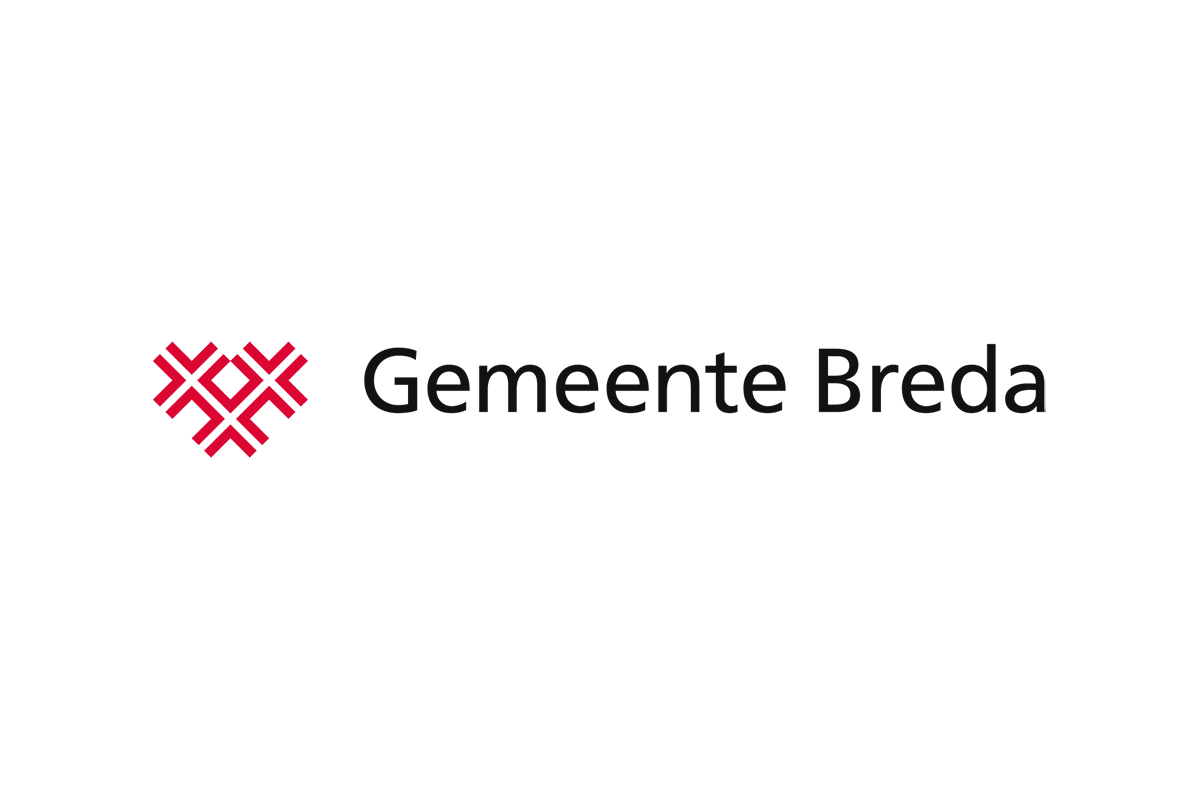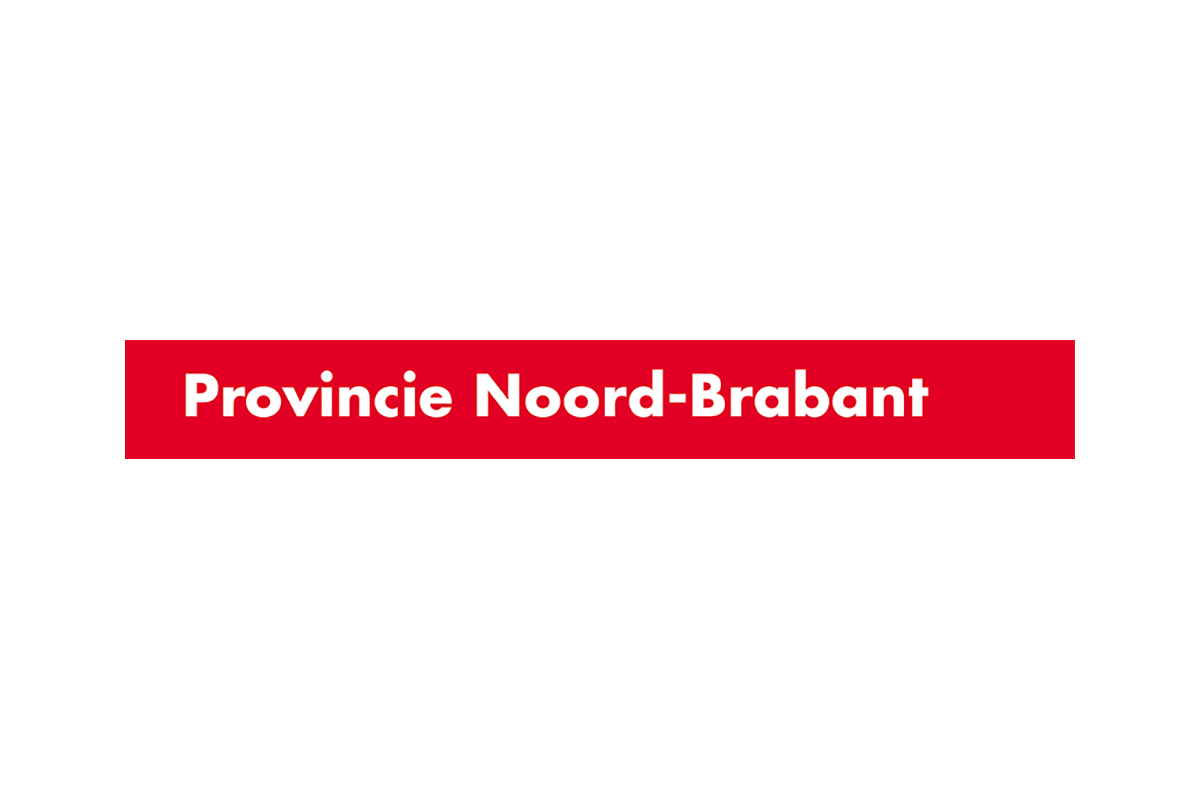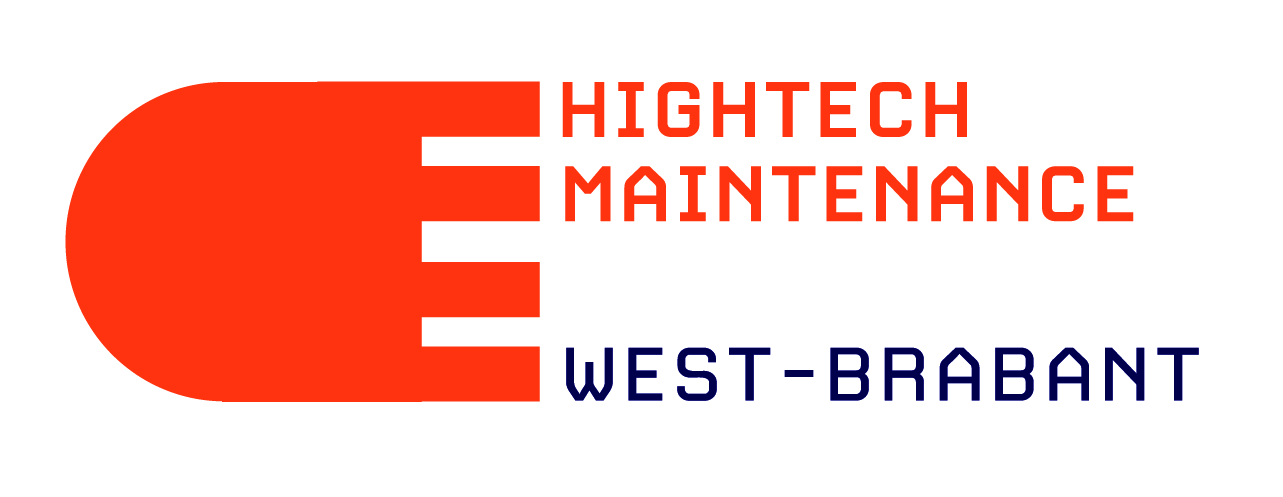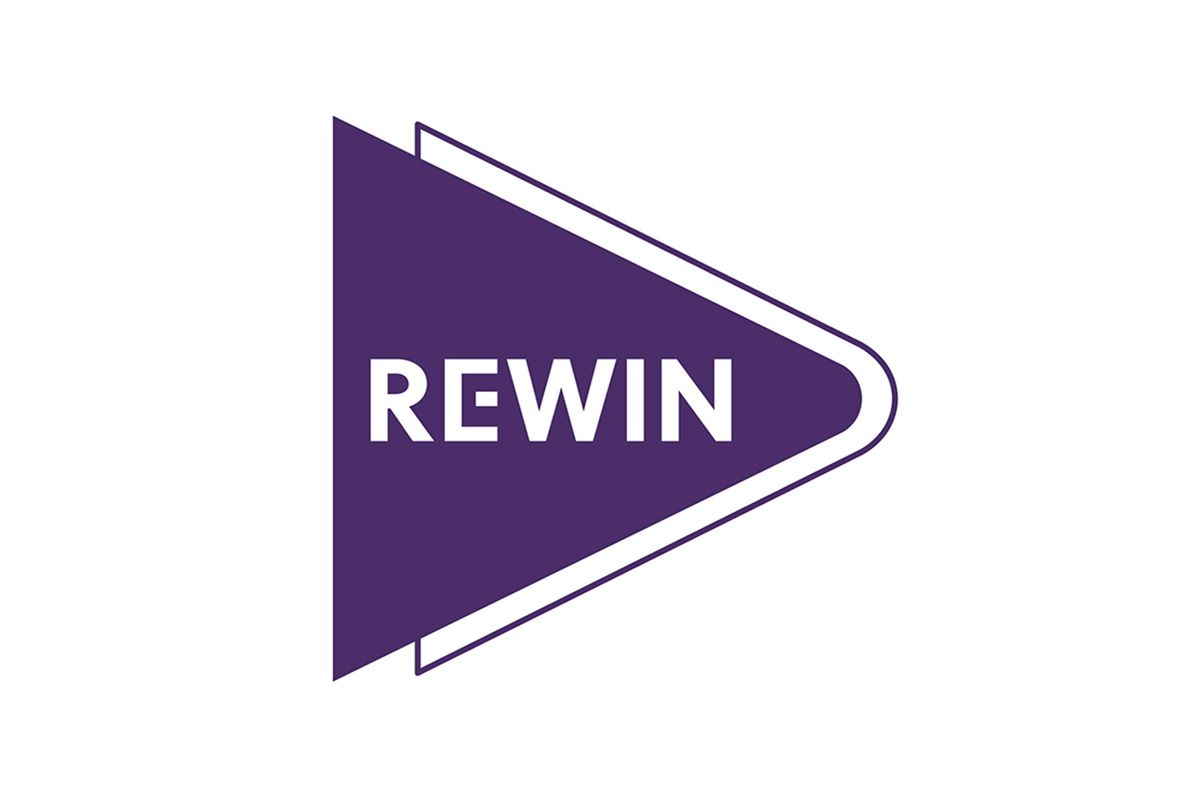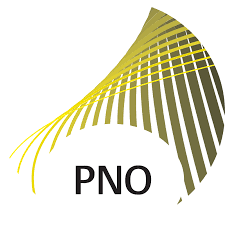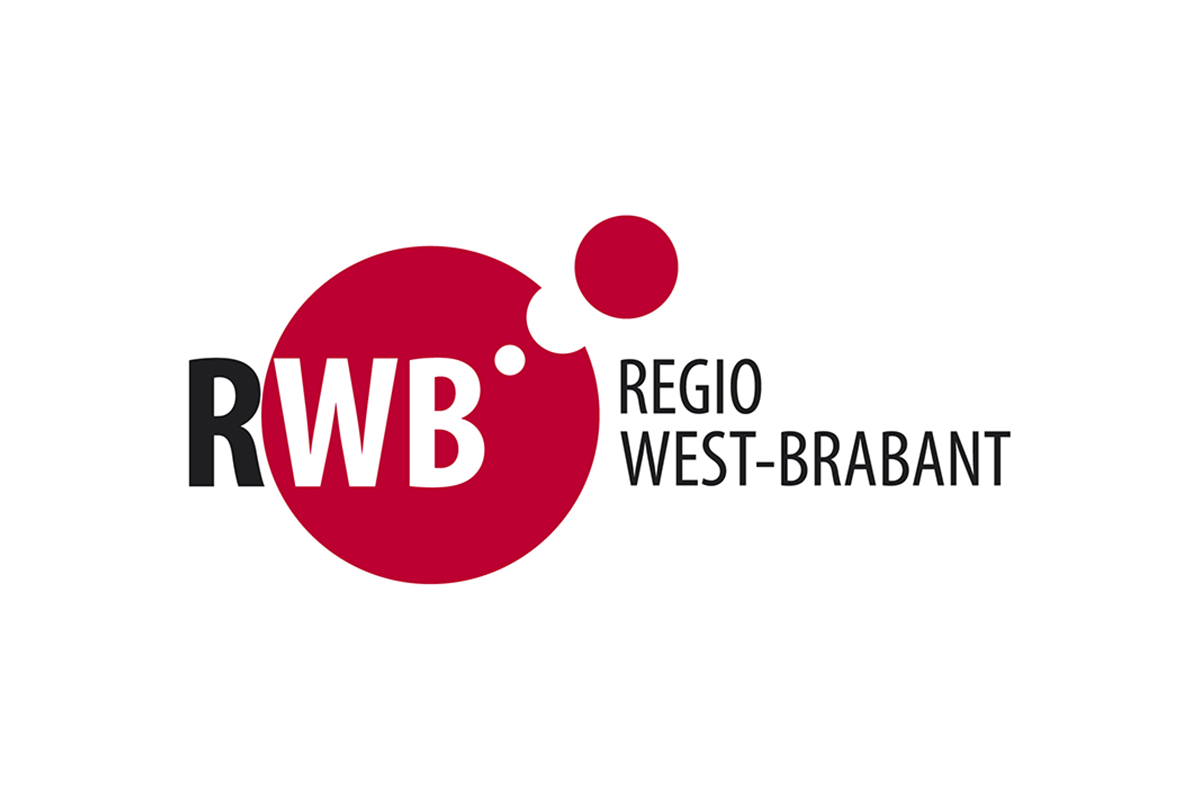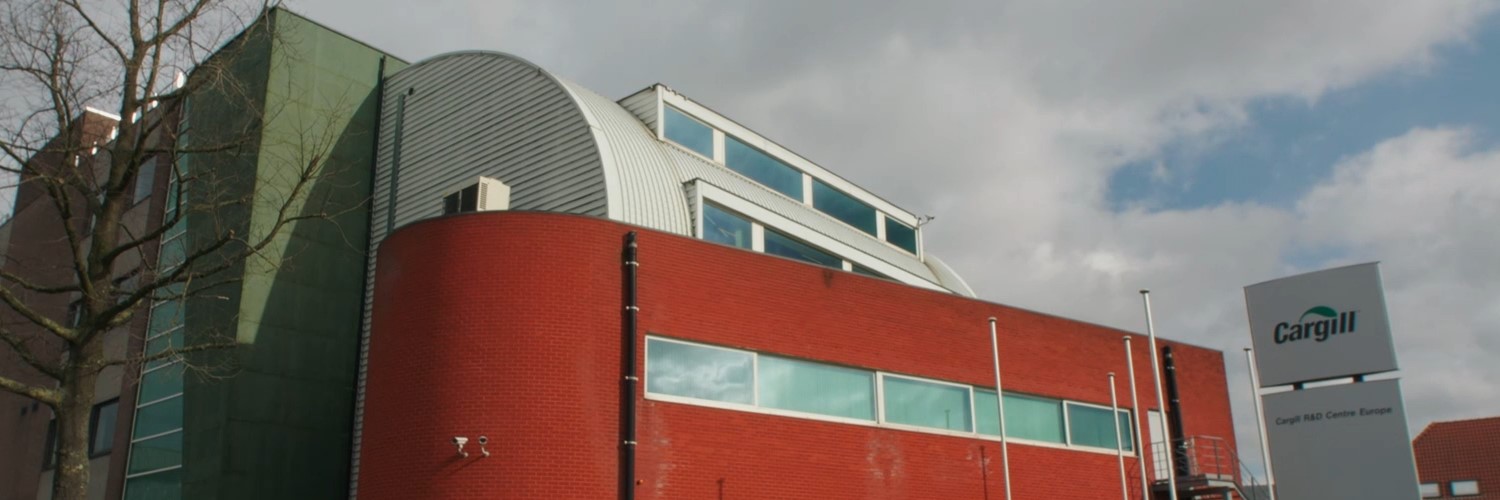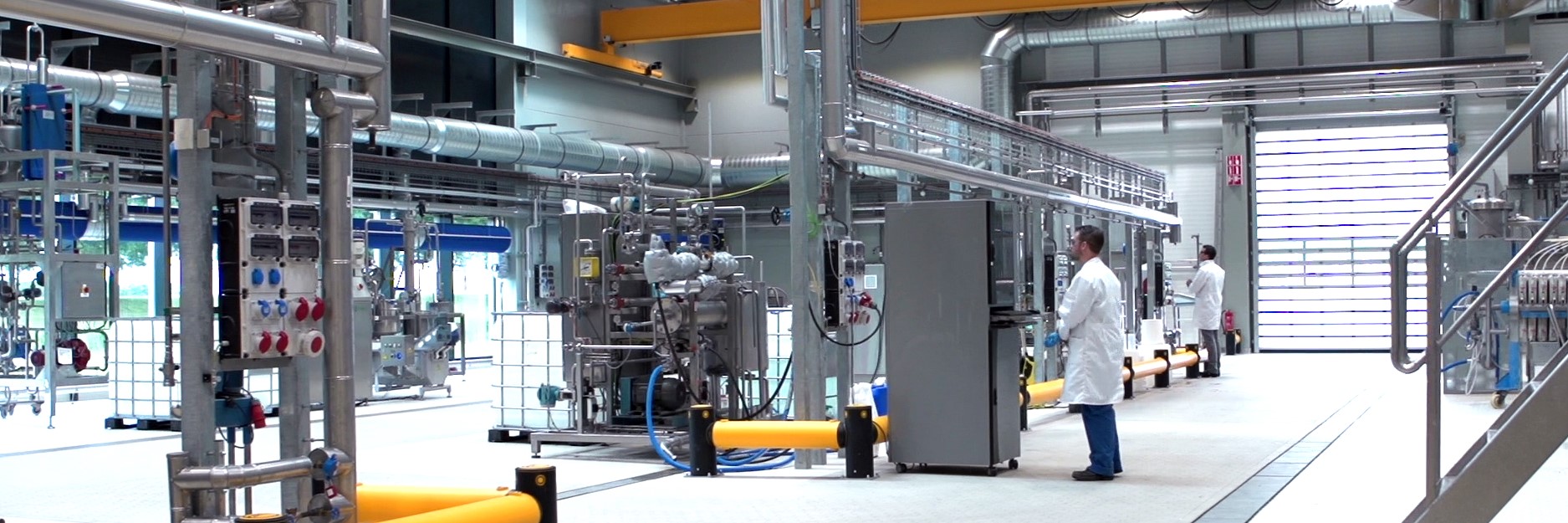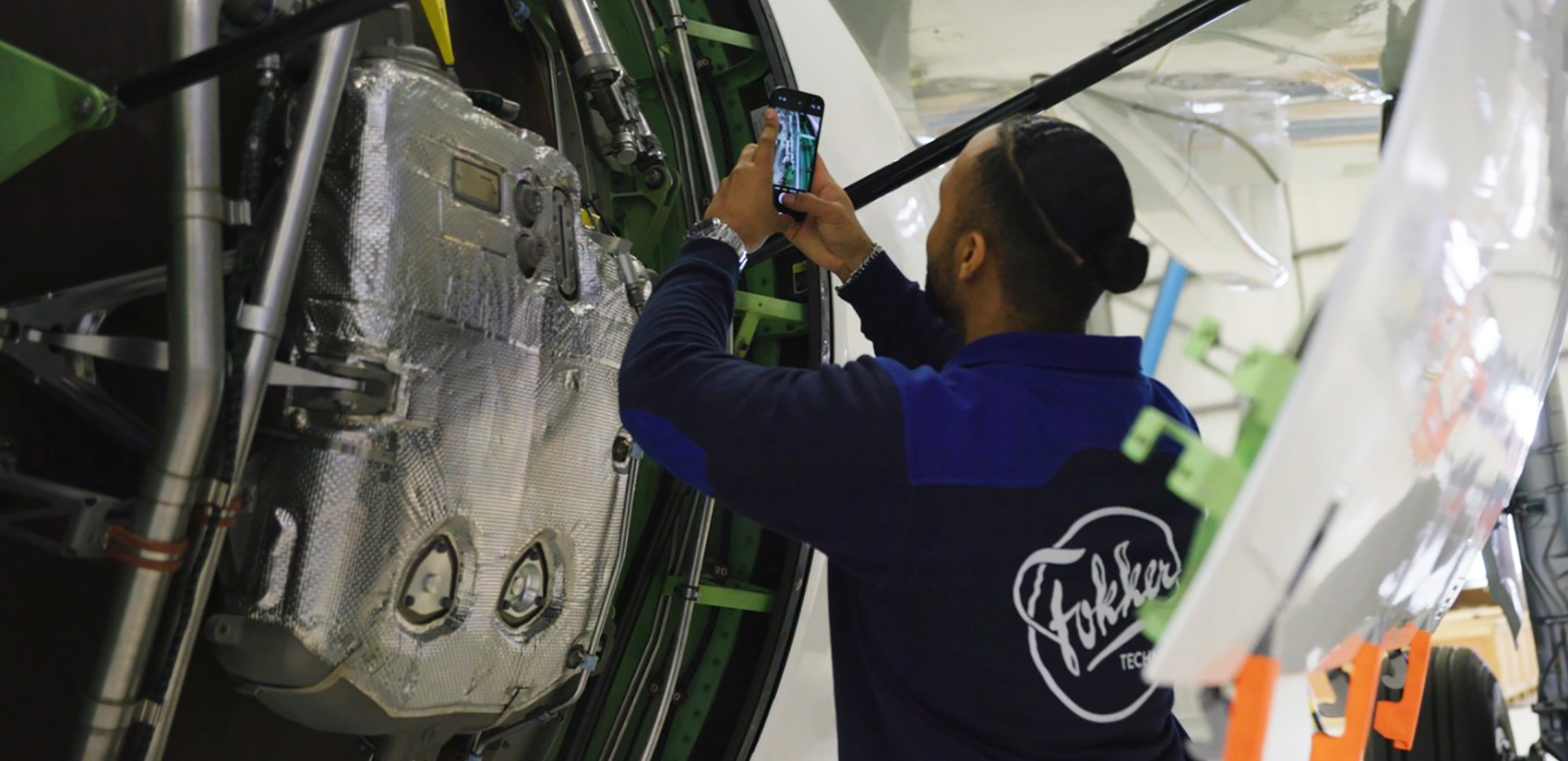Can you help us to stably load pallets without wrapping foil?
As one of the top 3 logistics service providers in the world, DSV is launching various initiatives and projects to minimise the organisation’s environmental impact at all its locations. One of these initiatives focuses on the wrapping foil used by DSV. This is a stretch foil that is used only once for securely wrapping a pallet containing cardboard boxes. Upon receipt and unpacking, the foil is either discarded or recycled. DSV wants to address this issue.
DSV receives, packs and ships products for its customers. These products are contained in cardboard boxes of varying sizes, which serve a functional as well as a decorative role and must therefore remain undamaged. DSV frequently uses wrapping foil to transport pallets safely and in a stable way (pallets are a standardised tool for transporting goods). Products are stacked onto the pallet and then wrapped with foil to ensure stability, safety, handling and protection.
The pallet must remain stable throughout its journey which means that after loading and transport, it must be delivered to the customer in its original form (straight stacked pallet containing boxes). It also needs to be easy to unpack without damaging the boxes. Incidentally, the pallets usually do not need to be waterproof. This is only necessary in exceptional cases, in which case they apply a top foil.
When DSV receives goods (= inbound), wrapping foil is released at DSV. This foil is currently disposed of in pressurised containers and then recycled at a partner. When sending goods (= outbound), wrapping foil is also used. On top of that, some goods are repacked by DSV and therefore sent out with new wrapping foil.
DSV believes that globally, all the wrapping foil used in the logistics industry is one of the biggest sources of pollution. Making plastic wrapping foil obsolete when shipping pallets is a priority for DSV as it addresses the problem at the source. For this reason, DSV is looking for a sustainable alternative whilst maintaining its original function.
DSV operates all over the world. The locations in the south of the Netherlands alone use almost 10 million metres of wrapping foil every year. DSV has no visibility or control over what the recipient does with the used wrapping foil; it may be recycled properly but it may also end up in the environment somewhere. To get a grip on consumption, DSV now uses thinner wrapping foil. This already means using 33% less plastic. Their next goal is to completely stop using wrapping foil all together. Due to its (market) size, DSV also has the potential to interest the entire chain along on the road in a new solution.
DSV customers are increasingly demanding sustainability reports from their service provider. Solving the wrapping foil problem contributes firmly to more positive sustainability indicators.
What are we looking for?
The expected outcome of this challenge is a more sustainable alternative to the (already thinner) wrapping foil, or a climate-neutral alternative that no longer uses foil at all.
The innovation needs to be able to be applied DSV-wide. The solution should have the potential to be used industry-wide.
At a minimum, the innovation should meet the following requirements (must haves):
- No more use of wrapping foil.
- More durable than the currently used wrapping foil.
- Create stability for the boxes on the pallet, also during transport and loading.
- Be usable for both full and residual pallets (pallets that are not completely full); meaning the innovation should be usable for pallets of varying heights.
- Protection; the contents of the boxes and the boxes themselves may not be damaged.
- The palletised transport system should remain unchanged as this is a global standard in the logistics world.
Nice-to-haves:
- The innovation is not a disposable product.
- The innovation is not a return system.
What are we NOT looking for?
DSV is not looking for a new recycling solution for the foil. Products are shipped all over the world and it is therefore not possible to set up a recycling system.
DSV is not looking for an incremental innovation of the current wrapping foil. So no adaptation by adding something new to something existing. DSV has already reduced the waste stream by changing the thickness of the plastic foil from 23 microns to 12 microns. This has not affected the protective effect of the foil. However, 17-micron foil is still used for very small boxes on pallets; these would otherwise not stay in place. Reducing the foil thickness does indeed save a considerable amount of plastic, but it does not contribute sufficiently to the zero waste goals. Therefore, reducing the thickness of wrapping foil even more is not the right solution for DSV.
(Biodegradable) bioplastics do not seem to be the solution either as biodegradability is very tricky; you do not want the plastic to break down too early, nor do you want it too late. Price and availability are also a limiting factor at the moment. And on top of that, the question of how to get all our supplying companies to use such a new plastic arises.
DSV prefers no reuse or return systems as these are logistically difficult to implement. Global shipping and a large variety of customers also make this complex.
The innovation should not lead to costs higher than the wrapping foil we currently use. During the start-up phase, higher costs may be acceptable, but the concept must ultimately be price competitive with solutions that already exist. Only then can the innovation be introduced to the market as widely as possible.
Again: the palletised transport system should remain unchanged as this is the global standard used in the logistics industry. However, smaller system changes are possible as long as the function of the wrapping foil (stability, safety, protection) is maintained.
What is in it for you?
DSV has developed its own Green Logistics concept. This concept consists of a number of solutions ranging from CO2 reporting and strategic supply chain optimisation to emission offsetting and the use of sustainable fuels.
DSV Southwest Netherlands is now looking for a good solution to the wrapping foil problem. A workable solution can count on the concrete interest of DSV, and a quick introduction into its logistics business. A pilot budget of at least €10,000 will also be made available.
For all details on Green Logistics and ESG, see DSV’s website: www.dsv.com/en-nl.
How can the challenge program benefit you?
- An innovation contract with a launching customer/partner!
- Funding (€10,000 vouchers, to be spent in the regional ecosystem for e.g. testing, lab and demo facilities, IP consulting, etc.)
- Coaching and counselling
- A stage and free publicity
- Knowledge and contact with experts
- Access to a network of potential partners & customers, resources and research facilities
The challenge programme
SynchUp! is an initiative of REWIN West-Brabant. BOM, Havenschap Moerdijk, the municipality of Moerdijk and the Provence Noord-Brabant are involved as partners for the challenge program. Together we aim to provide innovative entrepreneurs and startups the possibility to create and develop their idea/product and to put this on the market. This supports the common goal: to accelerate innovations and transitions and strengthening the ecosystem.
Conditions of participation
- The solution must be more specific/viable than just a wild idea.
- We are not looking for a consultancy or research institute but rather for a party that can think along creatively.
- The solution provider must be able to carry out a pilot in the Netherlands/Southwest Netherlands.
- The solution must be implementable within two years.
Your pitch (max 6 pages / 18 slides)
- Concept description Describe your concept in as much detail as possible. Please add an image in your pitch, to make it visual.
- Pilot description Please provide a brief description of what it will take to prototype and/or pilot and what you will need from us to do so.
- Team description Provide a brief description of the company and team that plans to work on the pilot.
There are no formal requirements for the pitch (presentations, slide decks & letters are all allowed), apart from the fact that it must be uploaded as a PDF file (A4, landscape or portrait) with a max. size of 30MB. Videos, example websites and so on can be included as links. Pitches in English are allowed.
Timeline Challenge
- February 13 – 12:00 pm: Challenge launch – open for applications
- March 21 – 5:00 pm: Challenge deadline – sign up no later than 5 pm
- April 12: Longlist announced – A longlist of start-ups/scale-ups that are invited to meet the challengers is announced
- April 19: Digital introduction meetings with challengers & participants + information session about confidentiality and IP
- April 21: Shortlist announced based on interviews – A shortlist of start-ups/scale-ups that will be given the opportunity to work on an innovation contract is announced.
- May 8 – May 12: Make schedule & working agreements + coordinate NDA if necessary
- May 8 – June 30: Challenge weeks – sessions with challengers, participants & coaches to arrive at an innovation contract
- June 16: Apply for vouchers – submit draft innovation contract + apply for vouchers
- June 30: Vouchers awarded – submit final innovation contract + vouchers are awarded
- July 3: Start of development & collaboration (pilot)
Questions?
If you have any questions about this challenge, please head to the contact options below. For more information about the challenge program, click here.
Background information
DSV operates as a provider of transport and logistics services on a global scale. DSV has offices in more than 80 countries and an international network of partners and agents. The Dutch organisation is divided into three divisions: Air & Sea, Road and Solutions. Within the Air & Sea division, we offer global solutions to the biggest logistics challenges in sea and air freight. Within the Road division, DSV transports goods to any destination within Europe on a daily basis using its more than 20,000 trucks. Together with our customers, the Solutions division develops logistics solutions that increase overall efficiency and reduce costs. To this end, DSV has more than 700,000 m2 of storage and transhipment space in the Netherlands alone, divided over several warehouses. In the Netherlands, more than 3,000 employees work at more than 25 locations. DSV is financially a very solid company.
DSV is committed to sustainability and to the United Nations (UN) Science Based Targets initiative (SBTi) to reduce the waste stream on its sourced materials by 40% by 2030. A hefty challenge.
DSV also signed the UN Global Compact deal in 2009 and reports annually on the progress of the Compact’s ten principles. At the same time, the UN’s Sustainable Development Goals (SDGs) play a role in assessing business activities (specifically SDGs 4, 7, 8, 9, 10, 12, 13, 16 and 17).
From these goals, eight focus areas have arisen at DSV:
- Business ethics
- Community engagement
- Environment
- People
- Suppliers
- Reports
- Policies
- Corporate governance
For the focus area Environment, DSV has defined several ambitions, including minimising our impact on the environment. From these ambitions, this challenge was born.



